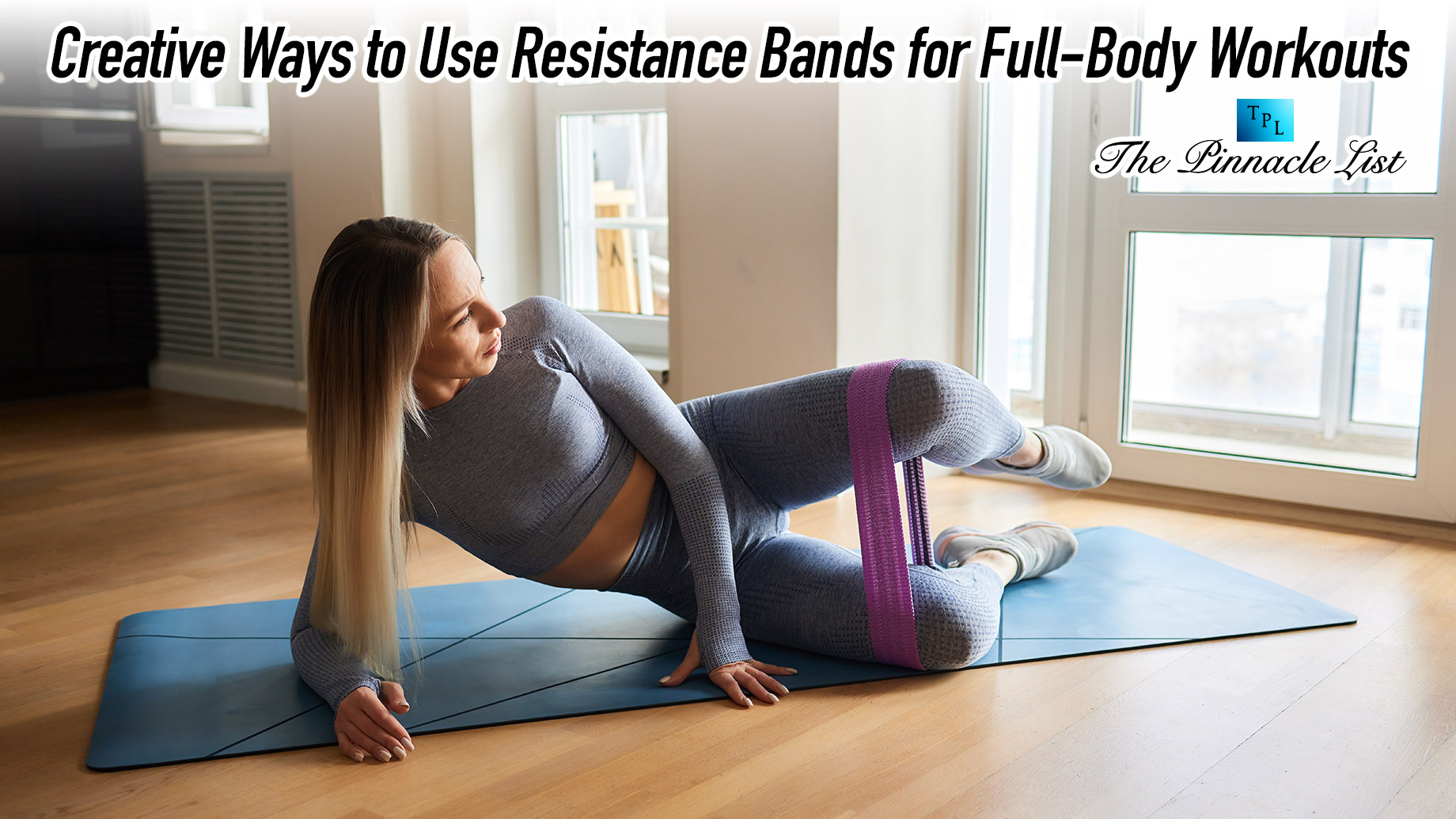
Resistance bands have revolutionized home fitness, offering a versatile, portable, and incredibly effective way to build strength, improve flexibility, and enhance overall body conditioning. Unlike traditional weights, these elastic wonders provide constant tension throughout each movement, engaging muscles in a unique and challenging way.
The Science Behind Resistance Bands
Resistance bands, such as strength bands, work by creating continuous tension on your muscles during both the concentric and eccentric phases of exercise. This unique mechanism triggers deeper muscle activation and promotes more comprehensive muscle development. The elastic nature of these bands allows for a full range of motion, which can help improve joint mobility and reduce the risk of injury compared to rigid weight training.
Upper Body Transformation Techniques
Chest and Shoulder Sculpting
One of the most effective ways to use resistance bands for upper body development is through chest and shoulder exercises. A classic chest press can be performed by anchoring the band behind you and pushing forward, creating a challenging resistance that activates the entire chest muscle group. By adjusting your grip and stance, you can target different areas of the chest and shoulders with remarkable precision.
For shoulder development, lateral raises and overhead presses become incredibly dynamic when performed with Tribe exercise bands. The increasing tension as you extend your arms forces stabilizer muscles to engage, providing a comprehensive shoulder workout that goes beyond traditional dumbbell exercises.
Back and Arm Conditioning
Pull-apart exercises and band rows are phenomenal for developing a strong, defined back. By standing on the center of the band and pulling the ends apart, you create a challenging resistance that targets the upper back, rear deltoids, and trapezius muscles. These movements not only build strength but also improve posture and shoulder stability.
Bicep and tricep workouts become more intense with resistance bands. Bicep curls can be performed by standing on the band’s center and curling the ends upward, while tricep extensions involve anchoring the band overhead and extending your arms behind your head.
Lower Body Power and Stability
Lower Body Strength Circuits
Resistance bands offer unparalleled versatility for lower body training. Squats become a full-body challenge when you place the band around your thighs, just above the knees. This added resistance forces your glutes and outer thigh muscles to work harder, improving overall leg strength and stability.
Lateral walks with a resistance band activate the often-neglected side muscles of the legs. By maintaining tension in the band while taking small steps sideways, you engage the gluteus medius and create more comprehensive leg conditioning.
Dynamic Leg Movements
Leg extensions, hamstring curls, and glute bridges all receive a significant upgrade when resistance bands are incorporated. The elastic tension provides a unique challenge that traditional bodyweight exercises cannot match. For instance, a glute bridge with a band around the thighs requires constant tension, maximizing muscle engagement throughout the entire movement.
Core Strengthening Strategies
Core workouts reach new heights with resistance bands. Pallof presses, where you resist rotation while holding a band at chest level, challenge your entire core stabilization system. Russian twists become more demanding when performed with a resistance band, forcing your obliques and abdominal muscles to work against constant tension.
Rehabilitation and Flexibility
Physical therapists have long recognized the value of resistance bands in rehabilitation and mobility work. The bands allow for gentle, progressive resistance that can help recover from injuries and improve joint range of motion. Stretching routines become more effective when resistance bands are used to provide controlled, adjustable tension.
Creating a Complete Resistance Band Workout
A comprehensive resistance band workout might include:
- 10-minute dynamic warm-up
- Upper body circuit (chest press, rows, shoulder press)
- Lower body sequence (squats, lunges, leg extensions)
- Core stability exercises
- 10-minute cool-down and stretching
Practical Considerations
When selecting resistance bands, consider:
- Varying tension levels for different exercises
- Checking bands for wear and tear
- Storing bands in a cool, dry place
- Cleaning bands regularly with mild soap and water
Unique Physiological Benefits
Resistance bands stimulate proprioceptive neuromuscular facilitation, an advanced technique that enhances muscle recruitment and neuromuscular coordination. According to a study published in the National Institutes of Health, resistance bands can improve neuromuscular function and balance, particularly in individuals recovering from injury or those with neurological impairments. This means your workout becomes more than just a strength training session—it’s a comprehensive body and brain conditioning experience.
Summary
Resistance bands represent far more than a simple fitness tool. They are a gateway to creative, effective, and adaptable workouts that can be performed anywhere. Whether you’re a fitness enthusiast, a busy professional, or someone recovering from an injury, these elastic bands offer a path to improved strength, flexibility, and overall physical wellness.